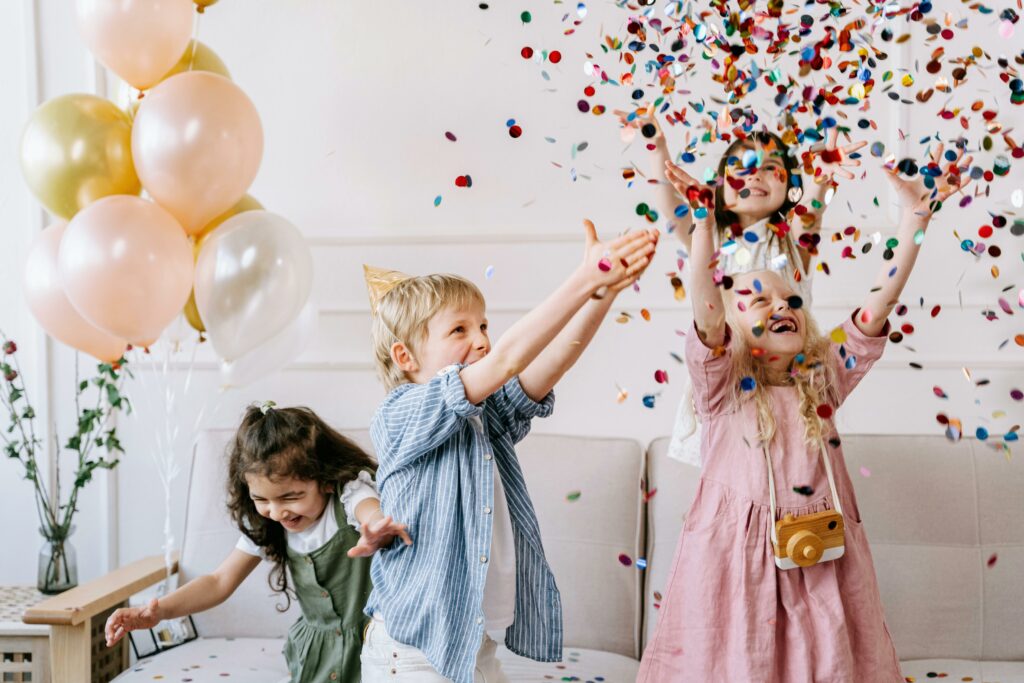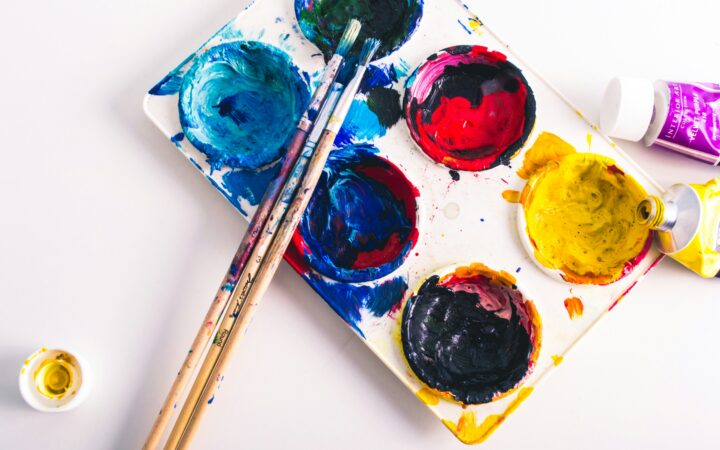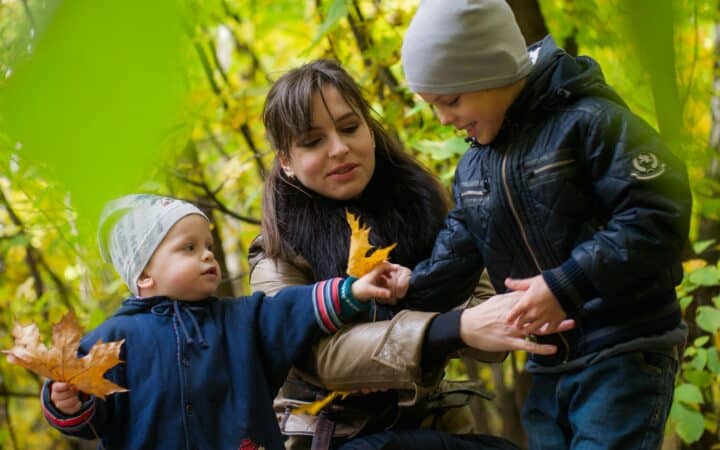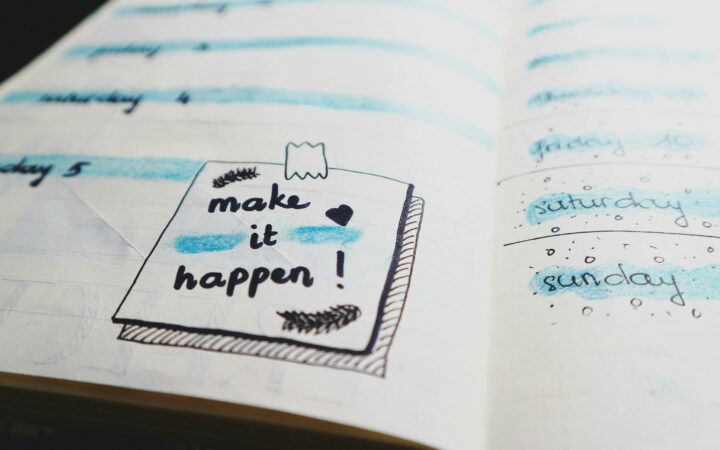
As parents, we often wonder what our children will remember when they grow up. Will they recall the grand gestures and expensive gifts, or will the small, everyday moments stick in their minds? What about those sweet Disney trips? Will they have fond Disney memories of them?
There are just so many questions, right? Creating core memories for our children is less about orchestrating perfect events and more about fostering genuine, heartfelt experiences that they can carry with them throughout their lives.
So, picture this scenario for just a moment: it’s a rainy afternoon spent baking cookies together, the smell of vanilla and chocolate filling the kitchen, and laughter echoing as flour dust every surface. It’s really sweet, right? You’re going to remember this special moment, but will they? Well, these are the moments that weave beautifully into childhood, the ones that children look back on with a smile.
So how can a parent give these special memories, these core memories? Do they really matter that much? But how can you create this for your little one? Well, here’s exactly what you need to know!
What Exactly Are Core Memories?
Core memories are the moments from our past that we remember vividly and fondly. Basically, they are the fragments of our experiences that hold emotional significance, shaping our sense of self and our perception of the world. Unlike ordinary memories, core memories are imbued with strong emotions, making them more likely to be retained and recalled throughout our lives.
These memories often arise from meaningful interactions and experiences that resonate deeply with us. Usually, they’re meant to be good; they should be good, at least. They are not necessarily about the grandiose or the extravagant but are often rooted in love, connection, and authenticity.
Why are Core Memories Considered to Be So Important?
Have you ever watched Disney’s Inside Out or Inside Out 2? Both of these movies perfectly explain why core memories are so important. They basically help shape the child into the person they’re going to be, and this is especially prevalent in the second movie.
But there’s more in it than that too. Overall, you want your children being creative, and having all these memories, being introduced and exposed to all of these different environments will be able to do just that too.
Building Emotional Resilience
Like what was stated above, core memories make up who you are, but they play a crucial role in building emotional resilience. When children can look back on happy, secure, and loving moments, they develop a stronger sense of self-worth and confidence. Plus, just think about it for a moment; these memories become a reservoir of positive emotions that they can draw upon during challenging times, helping them navigate difficulties with greater ease.
Strengthening Family Bonds
But you also have to remember that helping create core memories strengthens the bonds within a family. Shared experiences generally foster a sense of belonging and unity, making each family member feel valued and understood. When children feel connected to their parents and siblings through shared memories, it enhances their emotional security and fortifies familial relationships.
Shaping Identity and Values
This goes back to what was mentioned earlier in the Inside Out movies; it shows that core memories contribute to shaping a child’s identity and values. They basically make them who they are and who they will keep developing to become. So, the experiences they remember fondly reflect the values their parents imparted, such as kindness, generosity, and perseverance. These memories serve as a foundation upon which children build their understanding of the world and their place within it.
What are Some Core Memories That Parents Can Help Create?
Technically, as a parent, you will be creating a lot of core memories for them, even basic memories. But it’s those core memories that shape who they are. So, what can parents do about this?
Everyday Moments
The best two examples would be morning and bedtime routines, as kids thrive on routine. However, routine doesn’t even need to be boring or uneventful. When it comes to morning routines, here would be a great example: starting the day with a positive and consistent morning routine can create lasting memories.
Simple acts like making breakfast together, sharing a morning hug, or having a little dance party in the kitchen set a joyful tone for the day and create a sense of stability and love. The same goes for bedtime, like a bedtime story.
Special Traditions
Seriously, who doesn’t love special traditions? These get kids to keep continuing things once they become adults and even pass the tradition onto their kids. For example, regular family game nights can become a cherished tradition that children look forward to. It’s usually board games, card games, video games like Mario Kart, or even charades; these evenings of laughter and camaraderie create strong, positive memories.
But the same can be said for the more special ones, like the holiday season. Actually, the holidays are a perfect opportunity to create lasting memories. Involve children in the preparations, from decorating to cooking, and create unique family traditions that they will hold dear. These traditions provide a sense of continuity and joy year after year.
Adventures and Exploration
All kids need adventure. Just look at some of the shows and movies they watch; there are always kids going on adventures. One of the best (and easiest) ways to unlock core memories would have to be exploring nature together, which can be a magical experience. Simple activities like hiking, collecting leaves, or having a picnic in the park can create vivid memories of adventure and discovery.
But you can also plan spontaneous day trips to nearby attractions or hidden gems. The excitement of exploring new places together, trying new activities, and sharing discoveries can create unforgettable moments.
Should These Be Authentic or Should There Be Extravagance?
So, here’s the big question: are parents manufacturing memories for their kids? If you scroll on TikTok or Instagram, you’re going to see these picture-perfect Instagrammable moments. Just think about it: birthday parties are now really extravagant, like bouncy castles, balloon arches, and costumed characters coming for a visit- all-at-one parties. It is just to be just one entertainer like a clown and maybe a store-bought cake, but now it’s like a tier over-the-top decorated cake.
While these events can be fun, they often focus more on appearances and less on genuine connection. Children might remember the spectacle, but they may not necessarily attach the same emotional significance to these memories as they would to more heartfelt, authentic experiences.
It’s About Meaningful Interactions
You need to focus on meaningful interactions rather than elaborate setups. A simple birthday party with close friends and family, where everyone participates in fun games and activities, can be far more memorable than an overly orchestrated event.
Thoughtful Gestures Matter
Small, thoughtful gestures often leave a lasting impact. Instead of grand gifts from the tooth fairy, consider leaving a heartfelt note or a small token.
You Can Still Balance Out Fun and Authenticity
What would be a good example of this? Well, a birthday party could include a homemade cake decorated together with the child, or a craft station where children can create something special. This blend of fun and personal involvement creates a more meaningful experience. Plus, this won’t bankrupt you either.
It’s All About Prioritising Connection
No matter what, you need to remember as a parent that you should always prioritise connection over perfection. You need to engage with your children, listen to their ideas, and involve them in the planning process. When children feel included and valued, the memories created become more significant and heartfelt.











Leave a Reply